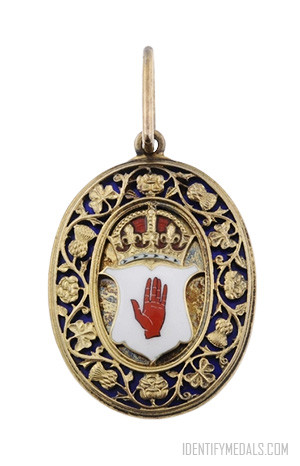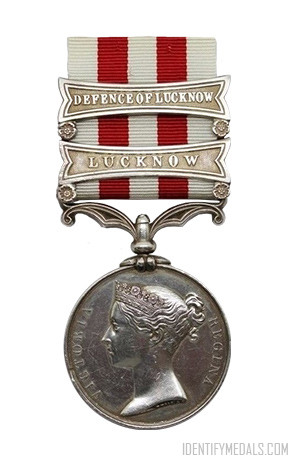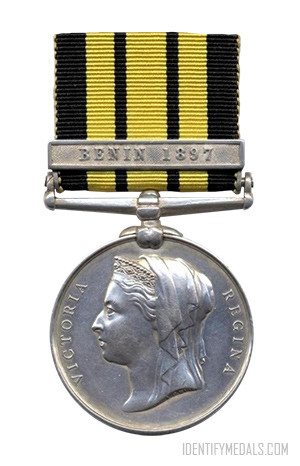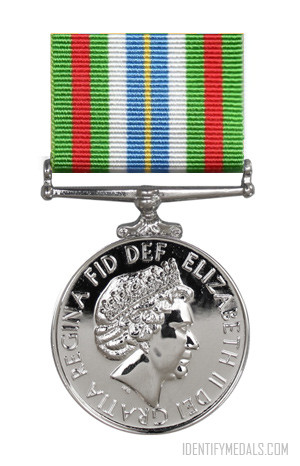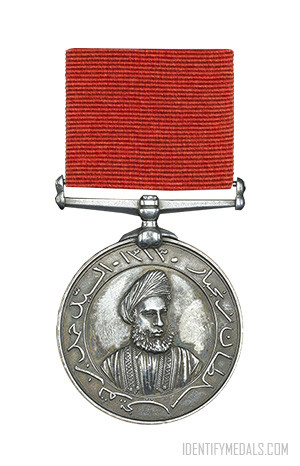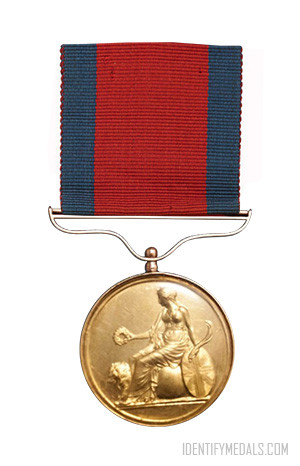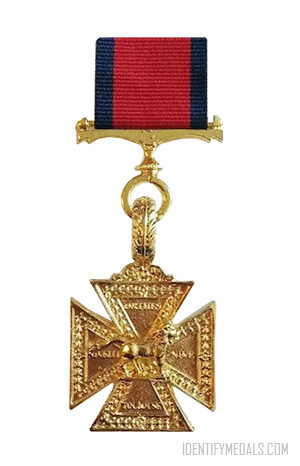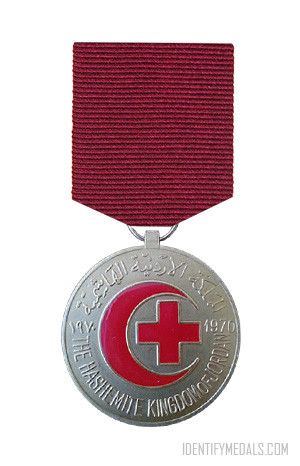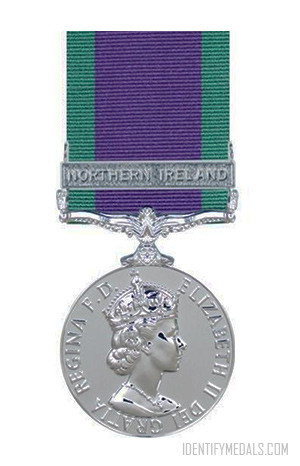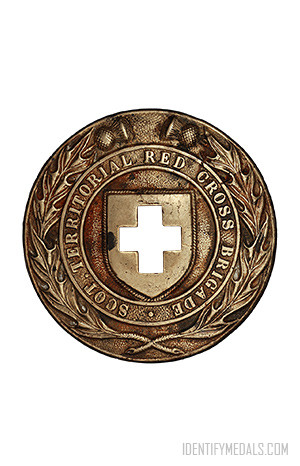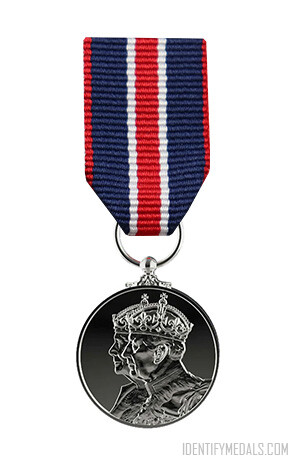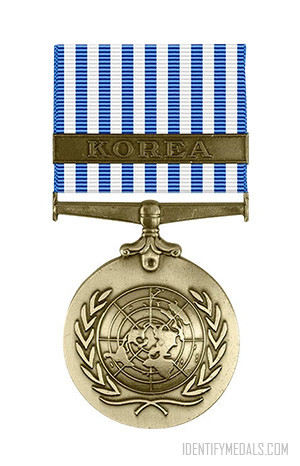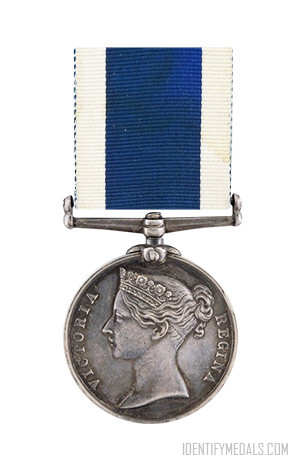The Baronet’s Badge was established in 1629 by Letter Patent by James I to recognize baronets whose knighthood became hereditary.
In 1625, Charles I conferred on the holders of lands in Nova Scotia the title and dignity of Baronets of Nova Scotia with the title of Sir, and decreed that they should wear around their necks “an orange tawny ribbon whereon shall be pendent an escutcheon“.
English and Scottish Baronetcies ceased to be created after the Union with England in 1707, when they were replaced by baronetcies of Great Britain.
The Baronet’s Badge Design
The badge is struck in gold or silver-gilt upright oval with a plain ring suspension and measures 55 millimeters in height and either 41 or 44 millimeters in width. Originally skeletal, with a shield bearing the lion rampant of Scotland and decorated with pearls and enamels. It was surmounted by a Scottish crown and surrounded by a blue border with the inscription “FAX MENTIS HONESTAE GLORIA”.
From 1929 on, the badges have a solid ground and a central shield with the red hand of Ulster surmounted by a crown and a border of gold and blue enamel. The border is decorated with roses (England), shamrocks (Ireland), roses and thistles combined (Great Britain) or roses, shamrocks, and thistles combined (United Kingdom). The name of the recipient is usually engraved on the reverse.
The ribbon is either 30 millimeters wide orange watered silk (for Nova Scotia), or 44 millimeters orange bordered with narrow blue edges (for other Baronets).

